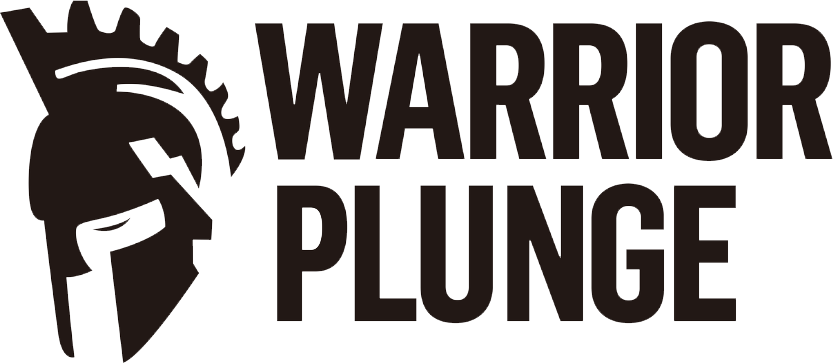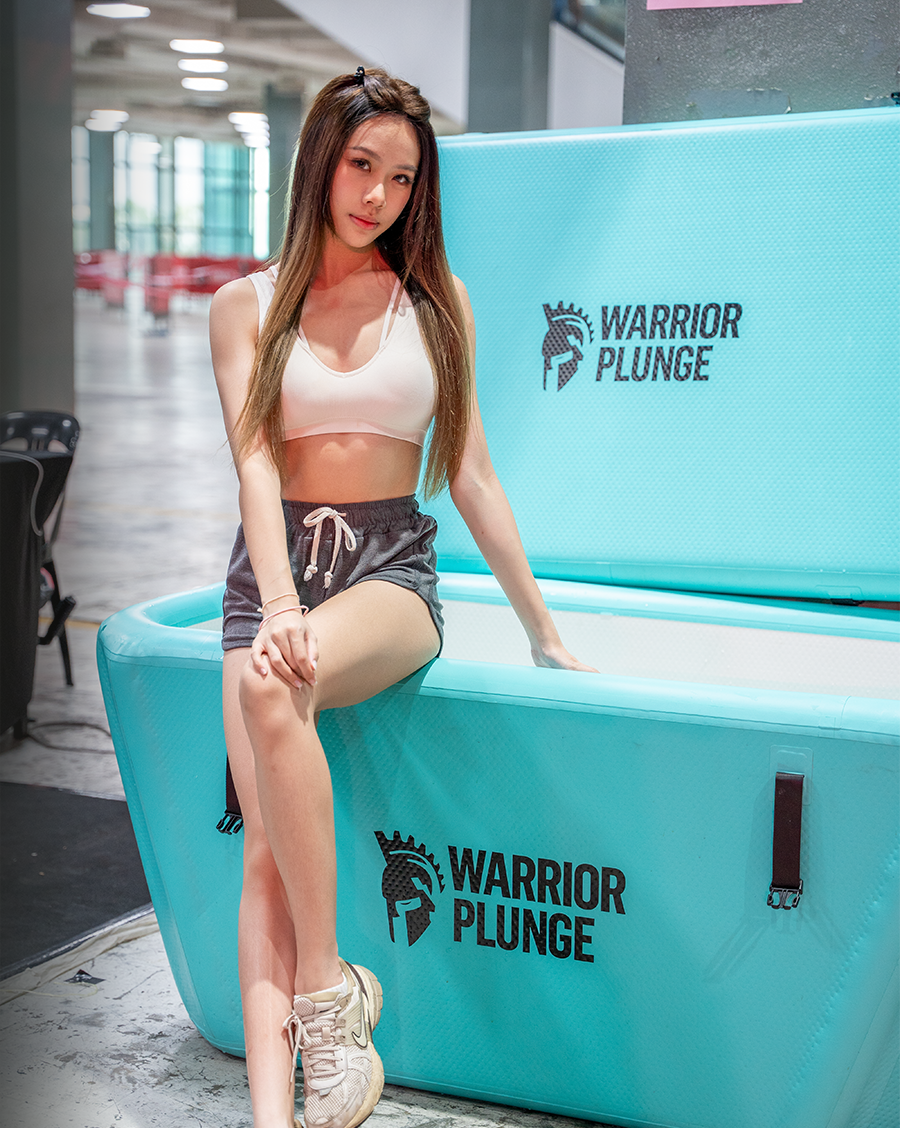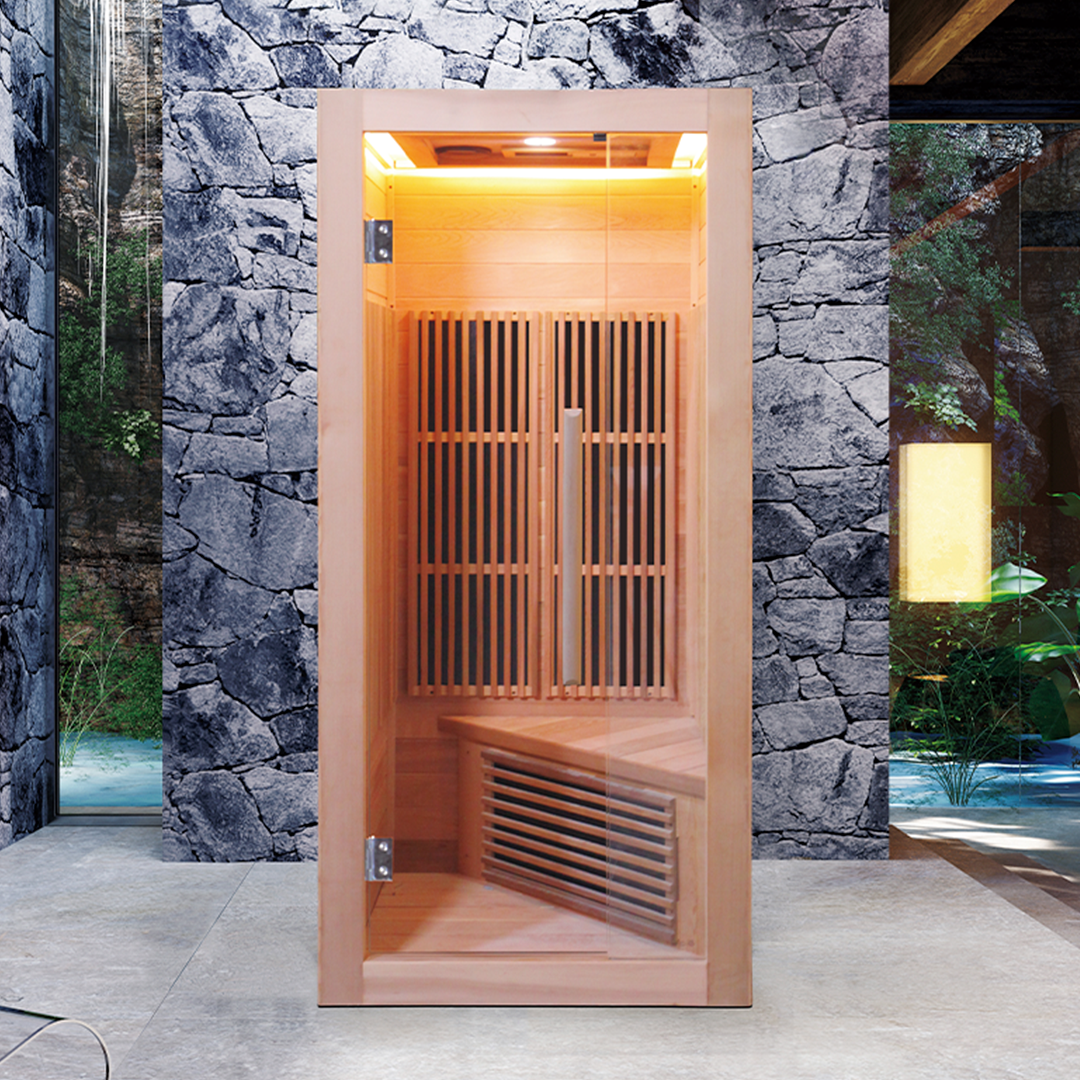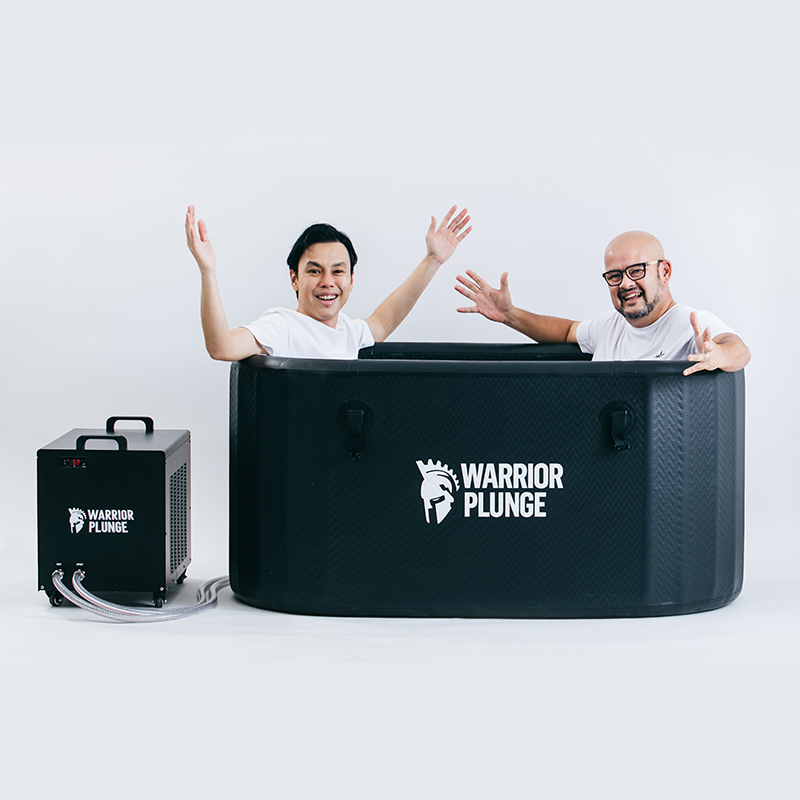Key Takeaways
- Enhanced recovery: Combines cold therapy benefits with magnesium muscle relaxation
- Optimal dosage: 250-300g (1.5 cups) for standard tubs, 2-4 cups for larger setups
- Safe temperature: Maintain 10-15°C for therapeutic benefits without excessive risk
- Dual action: Cold reduces inflammation while magnesium eases muscle tension
- Strategic timing: Best used post high-intensity training or as evening recovery ritual
- Evidence-based approach: Strong anecdotal support with emerging scientific backing
Introduction
Combining Epsom salt with ice baths creates a powerful recovery synergy—merging the anti-inflammatory benefits of cold therapy with magnesium's muscle-relaxing properties. This enhanced approach delivers faster recovery, reduced soreness, and improved circulation in a single therapeutic session.
Quick answers to common questions:
- Can you put Epsom salt in an ice bath? Yes, use 250-300g (1.5 cups) for standard tubs
- Does it work for feet and full body? Both applications are effective and safe
- Key benefits: Reduced swelling, enhanced pain relief, accelerated recovery
Whether you're an athlete seeking peak performance or someone looking to optimize recovery, this comprehensive guide covers the science, protocols, and practical applications of Epsom salt ice baths. You'll learn proper measurements, safety considerations, and how to integrate this powerful combination into your wellness routine using professional-grade equipment.
What Is an Epsom Salt Ice Bath?
Definition and Composition
An Epsom salt ice bath combines cold water immersion (10-15°C) with magnesium sulfate (Epsom salt) to create a therapeutic solution that addresses both inflammation and muscle tension simultaneously. This dual-action approach maximizes recovery benefits in a single session.
How It Differs from Other Recovery Methods
Vs. Regular Ice Bath (Cold Water Only):
- Standard method: Plain cold water immersion for inflammation reduction
- Enhanced version: Adds magnesium sulfate for muscle relaxation benefits
- Advantage: Addresses both inflammation AND muscle tension simultaneously
- Result: More comprehensive recovery in a single session
Vs. Traditional Warm Epsom Bath:
- Standard method: Hot/warm water (37-40°C) with Epsom salt for relaxation
- Cold alternative: Uses therapeutic cold (10-15°C) with same magnesium benefits
- Key difference: Cold triggers vasoconstriction→vasodilation cycle for enhanced circulation
- Best timing: Immediately post-exercise vs. evening relaxation for warm baths
Vs. Sequential Therapy (Separate Sessions):
- Standard approach: Ice bath first, then separate warm Epsom bath later
- Combined method: Both therapies delivered simultaneously in one session
- Time efficiency: 15 minutes vs. 30+ minutes for separate treatments
- Synergistic effect: Cold and magnesium work together rather than independently
Why Use Epsom Salt in an Ice Bath? Top Benefits
1. Accelerated Recovery & Reduced Soreness
Cold Therapy Component:
- Reduces inflammatory markers like IL-6 and TNF-α*
- Decreases muscle damage indicators (CK, LDH)*
- Minimizes delayed onset muscle soreness (DOMS)
*IL-6 (Interleukin-6) and TNF-α (Tumor Necrosis Factor-alpha) are proteins that increase during inflammation and muscle stress
**CK (Creatine Kinase) and LDH (Lactate Dehydrogenase) are enzymes released when muscle fibers are damaged
Magnesium Enhancement:
- Supports muscle protein synthesis
- Aids in cellular repair processes
- May reduce muscle cramping and tension
- Potentially improves recovery timeline
2. Enhanced Circulation & Electrolyte Balance
Circulatory Benefits:
- Cold-induced vasoconstriction followed by reactive vasodilation
- Improved blood flow and oxygen delivery
- Enhanced lymphatic drainage
- Better metabolic waste removal
Electrolyte Support:
- Magnesium supports over 300 enzymatic reactions
- Aids in energy metabolism and mitochondrial function
- May help restore electrolyte balance post-exercise
- Supports proper muscle and nerve function
3. Stress Relief & Mental Well-being
Psychological Benefits:
- Cold exposure increases dopamine and noradrenaline
- Magnesium supports serotonin production
- Combined effect promotes balanced mood regulation
- Builds mental resilience and stress tolerance
Relaxation Response:
- Activates parasympathetic nervous system
- Reduces cortisol levels
- Improves sleep quality preparation
- Enhances overall stress management
4. Skin Health & Detoxification
Skin Benefits:
- Magnesium sulfate may reduce inflammation and swelling
- Cold exposure tightens pores and improves circulation
- Potential improvement in skin texture and appearance
- May help with certain inflammatory skin conditions
Detoxification Support:
- Enhanced circulation aids toxin removal
- Sweating response post-bath continues detox process
- Lymphatic system stimulation
- Improved cellular waste elimination
Common Questions: Expert Answers
Can you put Epsom salt in an ice bath?
Absolutely. Epsom salt is safe and beneficial in ice baths. Use 250-300g (approximately 1.5 cups) for standard bathtubs or 2-4 cups for larger cold plunge setups. The salt dissolves easily even in cold water.
How much Epsom salt should I use?
|
Tub Size |
Epsom Salt Amount |
Water Volume |
|
Standard Bathtub |
250-300g (1.5 cups) |
150-200L |
|
Large Cold Plunge |
500-1000g (2-4 cups) |
300-500L |
|
Foot Bath |
60-120g (1/2 cup) |
10-20L |
How to use an Epsom salt ice bath?
Simple 4-Step Process:
- Fill tub with cold water (10-15°C)
- Add appropriate amount of Epsom salt
- Stir until completely dissolved
- Immerse for 5-15 minutes, monitoring comfort
Does it actually work?
Yes, with caveats. While anecdotal evidence is strong and the theoretical benefits are sound, clinical research on transdermal magnesium absorption remains limited. However, the combined benefits of cold therapy (well-established) plus potential magnesium effects create a compelling therapeutic approach.
Ice bath vs. Epsom salt bath—which is better?
It depends on timing and goals:
- Immediately post-exercise: Cold therapy is superior for inflammation control
- Evening recovery: Warm Epsom baths excel for relaxation
- Combined approach: Offers benefits of both in one session
Are they better when combined?
Yes, for comprehensive recovery. The combination provides immediate anti-inflammatory benefits from cold exposure plus sustained muscle relaxation from magnesium, creating a more complete recovery protocol.
Step-by-Step Protocol for Taking Epsom Salts Ice Bath

Preparation Phase
Equipment Needed:
- Cold plunge tub or bathtub
- Digital thermometer
- Epsom salt (magnesium sulfate)
- Timer
- Towels and warm clothing for post-bath
Optimal Parameters:
- Temperature: 10-15°C (50-59°F)
- Salt concentration: 250-300g for standard tubs
- Duration: 5-15 minutes maximum
- Frequency: 2-3 times per week
Setup & Execution
Step 1: Temperature Control
- Fill tub with water at target temperature
- Use thermometer to verify 10-15°C range
- Account for Epsom salt's minimal effect on freezing point
Step 2: Salt Addition
- Add measured Epsom salt to water
- Stir thoroughly until completely dissolved
- Ensure even distribution throughout tub
Step 3: Immersion Protocol
- Enter gradually to allow cold adaptation
- Submerge to neck level if doing full-body immersion
- Focus on controlled breathing throughout session
- Monitor comfort and exit if experiencing adverse effects
Step 4: Session Management
- Start with 5-minute sessions for beginners
- Gradually increase to 10-15 minutes maximum
- Use timer to track duration accurately
- Maintain awareness of body responses
Post-Bath Recovery
Immediate Care:
- Exit slowly to prevent dizziness
- Rinse with lukewarm (not hot) water
- Pat dry thoroughly with clean towels
- Apply moisturizer if skin feels dry
Follow-up Protocol:
- Dress warmly to support natural rewarming
- Hydrate with room temperature fluids
- Allow 30-60 minutes before intense activity
- Monitor recovery response over following hours
Safety Considerations & Limitations
Important Precautions
Medical Contraindications:
- Cardiovascular conditions (consult physician first)
- Pregnancy (require medical clearance)
- Low blood pressure or circulation disorders
- Known magnesium sensitivity or kidney issues
Physical Safety Measures:
- Always have supervision or emergency contact
- Start with shorter durations and warmer temperatures
- Exit immediately if experiencing dizziness, numbness, or chest pain
- Maintain proper hydration before and after sessions
Potential Side Effects
Skin Reactions:
- Possible irritation in sensitive individuals
- Dryness requiring post-session moisturizing
- Rare allergic reactions to magnesium sulfate
- Recommendation: Perform patch test before first full session
Temperature-Related Risks:
- Epsom salt slightly lowers water's freezing point
- Monitor temperature gauge carefully
- Risk of excessive cold exposure
- Hypothermia prevention through time limits
Evidence Limitations
Current Research Status:
- Strong evidence for cold therapy benefits
- Limited clinical data on transdermal magnesium absorption
- Mostly anecdotal reports for combined therapy
- Need for more controlled studies on synergistic effects
Realistic Expectations:
- Benefits may vary between individuals
- Results typically observed over weeks, not single sessions
- Consistency more important than session intensity
- Individual tolerance levels affect optimal protocols
Integrating Into Your Recovery Routine
Strategic Timing Options
Post-Workout Protocol (Immediate):
- Best for: High-intensity training, competitions
- Timing: Within 30-60 minutes post-exercise
- Temperature: 10-12°C for maximum anti-inflammatory effect
- Duration: 10-15 minutes
Evening Recovery Session:
- Best for: General wellness, sleep preparation
- Timing: 2-3 hours before bedtime
- Temperature: 12-15°C for comfort
- Duration: 5-10 minutes
Contrast Therapy Integration:
- Protocol: 15-20 min sauna → 5 min Epsom salt ice bath
- Repeat: 2-3 cycles ending with cold
- Benefits: Maximum circulation enhancement
Read more about Contrast Therapy Benefits: How It Works
Weekly Integration Strategy
Sample Recovery Schedule:
|
Day |
Training |
Recovery Protocol |
|
Monday |
High-Intensity Workout |
Epsom salt ice bath (12°C, 10 min) |
|
Tuesday |
Active Recovery |
Light movement, optional warm Epsom bath |
|
Wednesday |
Strength Training |
Skip cold therapy to preserve hypertrophy |
|
Thursday |
Moderate Cardio |
Standard ice bath or contrast therapy |
|
Friday |
Competition/Peak Training |
Epsom salt ice bath (10°C, 12 min) |
|
Weekend |
Rest/Light Activity |
Optional evening Epsom salt ice bath |
Complementary Recovery Methods
Enhanced Protocol Combinations:
- Breathwork during immersion: Wim Hof method or box breathing
- Meditation and mindfulness: Maximize parasympathetic activation
- Post-session stretching: Gentle mobility work 30-60 minutes after
- Nutritional support: Magnesium-rich foods to complement therapy
Professional Equipment & Setup
Warrior Plunge Ice Bath System Advantages
Precision Temperature Control:
- Digital thermostats maintain exact temperatures
- Eliminates guesswork and safety concerns
- Consistent therapeutic conditions
- Energy-efficient operation year-round
Enhanced Safety Features:
- Automatic temperature monitoring
- Built-in safety shutoffs
- Timer integration for session management
- Professional-grade construction
Epsom Salt Compatibility:
- Corrosion-resistant materials
- Easy cleaning and maintenance
- Proper drainage systems
- Optimal water circulation
Check out Warrior Plunge’s Cold Plunge Systems
Essential Accessories
Monitoring Equipment:
- Digital thermometers with high accuracy
- Floating temperature displays
- Timer systems with audio alerts
- pH testing strips for water quality
Comfort & Safety Items:
- Non-slip mats for entry/exit
- Handrails for stability
- Emergency contact systems
- First aid supplies nearby
Maintenance Considerations
Regular Care Requirements:
- Rinse system after Epsom salt use
- Monitor for salt residue buildup
- Clean filters more frequently
- Check for corrosion on metal components
Long-term Equipment Health:
- Use appropriate salt concentrations only
- Follow manufacturer guidelines
- Schedule professional maintenance
- Replace components as recommended
Conclusion: Optimize Your Recovery
Epsom salt ice baths represent the evolution of cold therapy—combining proven anti-inflammatory benefits with potential magnesium-enhanced muscle recovery. This synergistic approach offers a time-efficient, comprehensive solution for modern recovery needs.
Key Protocol Summary:
- Dosage: 250-300g Epsom salt for standard setups
- Temperature: 10-15°C for optimal therapeutic benefit
- Duration: 5-15 minutes depending on experience level
- Frequency: 2-3 sessions weekly for sustained adaptation
Success Factors:
- Start conservatively and progress gradually
- Monitor individual responses and adjust accordingly
- Maintain consistency over intensity
- Invest in precision equipment for safety and effectiveness
Ready to elevate your recovery routine? Explore Warrior Plunge's precision-controlled systems designed specifically for enhanced protocols like Epsom salt ice baths. Professional-grade temperature control ensures you get maximum benefits safely and consistently.
Transform your recovery with the power of combined therapies. Your body's adaptation awaits.
Read more
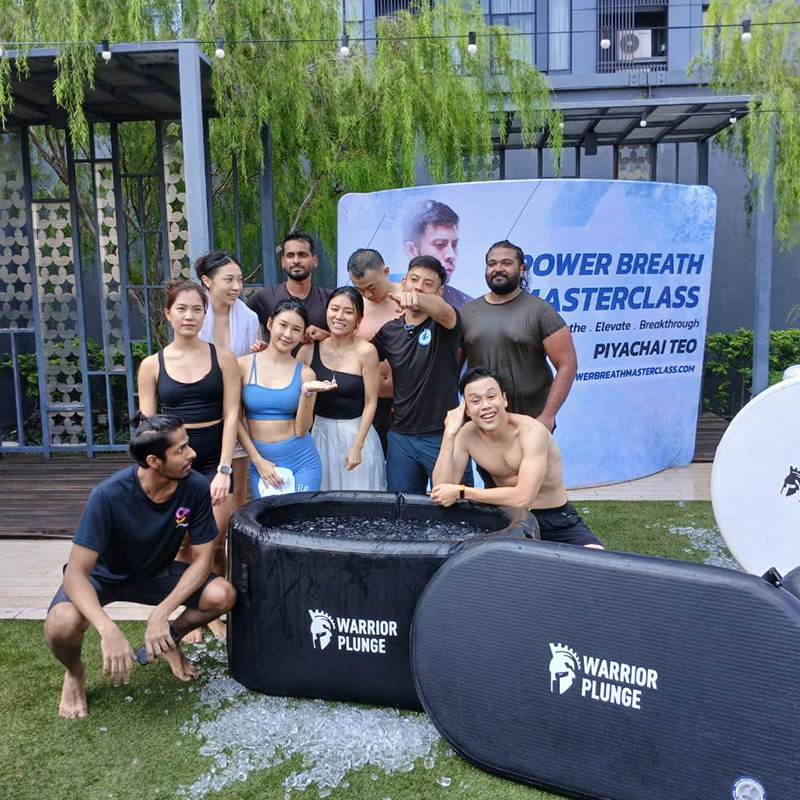
Learn biohacking basics: optimize your sleep, recovery, nutrition & performance with science-backed methods. Beginner guide with 4-week plan & essential tools.

Discover the optimal ice bath temperature (10-15°C) for recovery. Complete guide covers duration, safety, and protocols for beginners to athletes.
